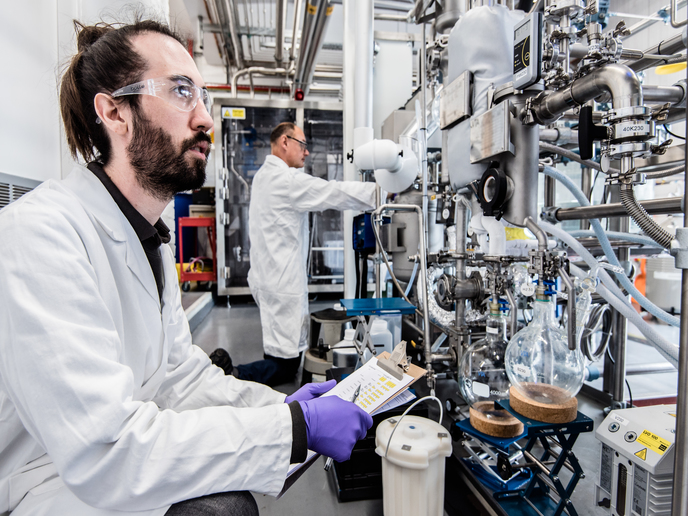Tackling formidable chemical reactions of industrial relevance
Transition metals play an important role in many industrially important chemical reactions and in compounds for numerous materials and devices. Many synthetic reactions involving these materials require extreme conditions and complicated processes. Scientists initiated the EU-funded project P NANOPARTICLES to design simpler processes for two important reactions involving transition metals. The first was synthesis of metal phosphide (MxPy) nanocrystals with a more efficient phosphorous donor than the conventional one. MxPy nanocrystals can have useful catalytic, electronic and magnetic properties. The team chose two different MxPys: nickel phosphide (Ni2P) and indium phosphide (InP). The former is a catalyst for the removal of sulphur from crude oil (hydrodesulphurisation) and the latter a semiconductor with potential application in optoelectronics and medical imaging. The team successfully used white phosphorous (P4) and Ni(0) nanoparticles to generate Ni2P, paving the way to the use of In(0) nanoparticles for the formation of InP nanoparticles with excellent dispersion size. Extensive research has been devoted to the reduction of dinitrogen (N2) to ammonia (NH3), which is then used to synthesise amines (NR3) of industrial importance. Transformation of N2 directly into other nitrogen-containing compounds such as NR3 is difficult and relies on activation of N2 onto a metal complex. Scientists explored the use of a molybdenum complex with silyl radicals and nanoparticles for N2 activation and production of NR3 compounds. P NANOPARTICLES made an important contribution to the investigation and understanding of new and improved routes to the synthesis of important yet difficult to obtain chemicals. Further studies are required to fully characterise the systems but knowledge gained points the way to future investigations.







